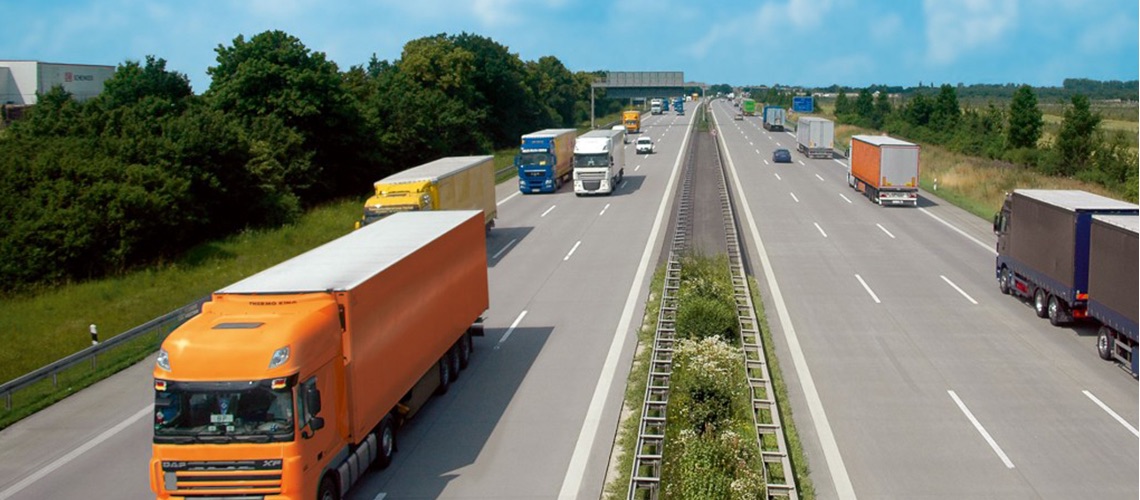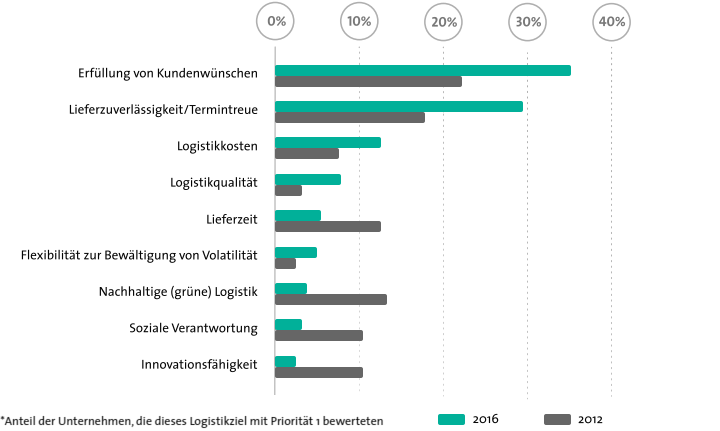
Digital trends in truck transport management
The customer as the most important driver of digitalisation
Digitalisation already offers enormous potential for the management of road transport and will be able to do even more in the future. The year 2018 shows clear signs of which digital trends are moving road freight transport in Germany and will move it in the future. In addition to the technical development in HGVs towards autonomous driving, digital collaboration and networking within logistics chains and automation in dispatching play an essential role here. The current digitisation measures should not be seen as the end of the line here, but are paving the way for the trends and megatrends in road freight transport of the future. Automation, artificial intelligence and collaboration are among the key technologies here.
Basically, it can be said that the biggest driver of digitalisation is the end customer. This is why customer centricity is becoming more and more of a focus. Companies operating in the road freight sector therefore have the opportunity to be one step ahead of their competitors through digitalisation measures and to shape their customer loyalty in a forward-looking way.
Measures for 2018: Paperless work, smart apps and automated data evaluation
Cost pressure, individualisation and complexity as external factors are to be managed by internal factors in the form of digitalisation of business processes and transparency in the supply chain. In 2018, paperless document management, networking with drivers and vehicles through intelligent apps or the automated evaluation of essential data have long since arrived in road freight transport and thus represent excellent accelerators of further digitalisation steps.
“The mindset away from asset thinking to the mindset in digital strategies” – as Peter Voß, Managing Director of the Club of Logistics says in “Who’s who – The Logistics Trends 2018” [2], will affect many companies in the road freight sector and strengthen them in their decisions to implement digital transport management systems.
Key technologies
Key technologies, such as the use of artificial intelligence, will significantly optimise logistics processes in road freight transport. Sophisticated algorithms to automatically calculate the optimal scheduling plan, as is already possible with some transport management systems, will allow companies to meet their highest priority logistics objectives more and more and to advance automation.
Vertical and horizontal collaborations also make it possible for companies to use real-time data along the entire supply chain and make it available to the respective addressees. As a Supply Chain Networks study by Nextrust [3] shows, there is a very clear trend towards such forms of collaboration. 90% of the participants surveyed who have already entered into collaborations have stated that they want to continue working with collaboration partners in the future. The reduction of costs is the most important and driving factor here. Partnerships make more efficient logistics chains possible and, especially in times of digitalisation, data can be used in the best possible way across companies.
- Kersten, Wolfgang et al. “Trends and Strategies in Logistics and Supply Chain Management – Opportunities of Digital Transformation.” Study by the German Logistics Association, Bremen (2017).
-
Verkehrs Rundschau Special “Who is Who” Logistics 2018, special issue of Verkehrs Rundschau, Munich (2018).
-
Jescke, Sabina et al. “Collaboration in Supply Chain Networks – A GS1 Germany Study within the EU-Horizon 2020-Project NexTrust.” Studie der Nextrust, Köln (2018).



